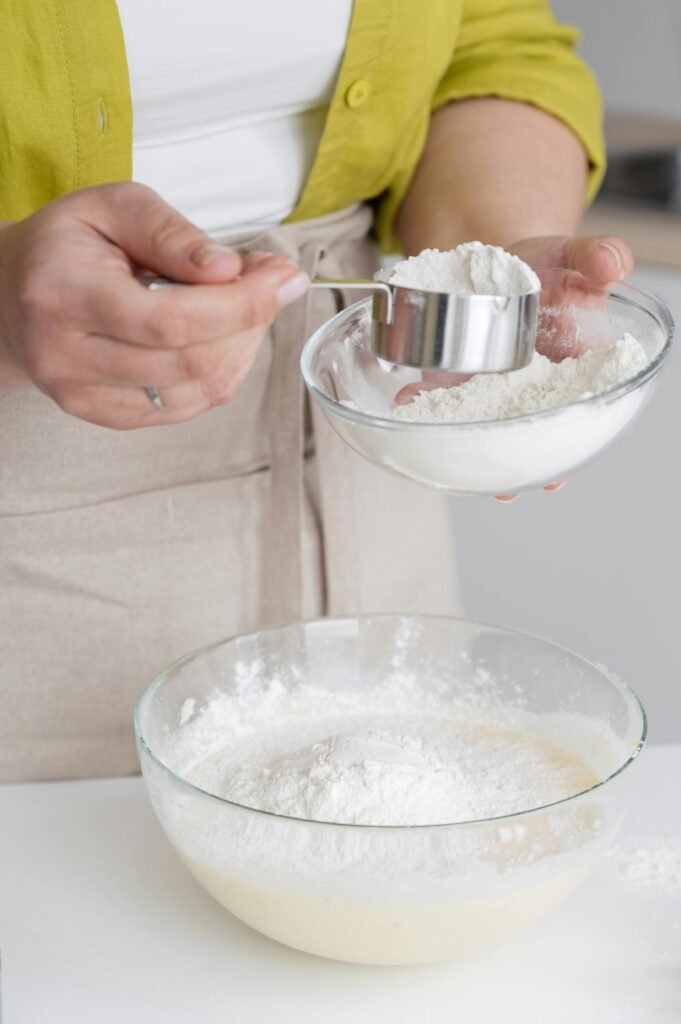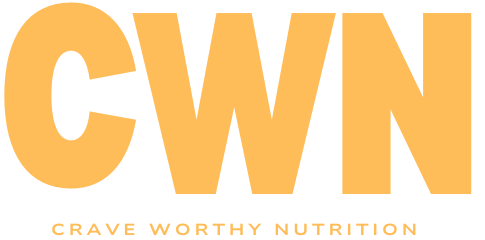
Whether you’re a seasoned chef or a beginner home cook, the query of “how many teaspoons in a tablespoon” is a common yet essential question that often comes up.
This kitchen conversion can be the key to a successful recipe or a culinary disaster, making it vital to understand.
The Basics of Kitchen Measurements
Understanding the basic measurements in cooking is fundamental for any chef, be it amateur or experienced.
Every ingredient added to your recipe impacts the final taste and texture, with the quantity playing a pivotal role in determining the final result.
When navigating your way around a kitchen, the most common units of measurement you’ll come across are teaspoons and tablespoons. These units belong to the U.S customary units of volume, often used in recipe instructions across various cuisines.
Being confident in converting between these measurements can truly simplify your cooking experience, ensuring you add just the right amount of each ingredient.
In the following sections, we delve into the standard conversion between these two units and explore why there might be some confusion surrounding this topic.
The Standard Conversion
One can’t help but ask, “how many teaspoons in a tablespoon?” when it comes to the standard conversion in the culinary world.
This is a common measurement conversion in both amateur and professional cooking. It is accepted worldwide that there are three teaspoons in a tablespoon.
This conversion ratio is an integral part of culinary calculations, regardless of the ingredient being measured. Be it your everyday spices, specific baking components, or any liquid elements, this kitchen math remains constant and is applied universally.
This fundamental understanding aids in maintaining the balance of flavors and the precision of your recipes, while simplifying your cooking and baking experience.
table of conversions

Navigating through the world of kitchen conversions can seem overwhelming at first.
To help simplify, below is a table outlining common conversions that you might come across when following a recipe.
1. 1 tablespoon = 3 teaspoons
2. 1 cup = 16 tablespoons
3. 1 pint = 2 cups
4. 1 quart = 2 pints
5. 1 gallon = 4 quarts
Remember, these conversions are based on the U.S customary units of volume and may vary in other countries.
Always refer to the context of the recipe and the measurement system it follows to ensure accuracy in your cooking or baking.
Apart from these standard measurements, other helpful conversions include:
1. 1 ounce = 2 tablespoons
2. 1 ounce = 28.3 grams
3. 1 pound = 16 ounces
4. 1 gram = 0.035 ounces
5. 1 kilogram = 2.204 pounds
It’s also worth noting that the fluid ounce measurement in the U.S differs from the UK. A U.S fluid ounce is 29.57 milliliters, while a UK fluid ounce is 28.41 milliliters.
This difference, while seemingly minor, can affect your recipe’s outcome, particularly in baking where precision is paramount.
Understanding these kitchen conversions will help you follow recipes with ease, tweak recipes according to your taste, or even create your own.
Regardless of the cooking task at hand, this handy table of conversions will act as a useful guide to ensure your culinary success.
How Many Teaspoons in a Tablespoon: Why The Confusion Exists
The variety in kitchen conversions from one country to another can often lead to confusion, especially when it comes to understanding how many teaspoons are in a tablespoon.
This discrepancy primarily stems from the varied measurement systems that are adopted globally. For example, the UK uses a slightly larger tablespoon, resulting in 1.2 teaspoons fitting into their tablespoon.
On the other hand, Australians consider a tablespoon to be equivalent to four teaspoons, differing from the norm. Despite these variations, the most internationally acknowledged conversion is that used in America, which considers a tablespoon to equal three teaspoons.
This universally recognized measurement holds weight in most international recipes and is the conversion most frequently referred to in the culinary world.
Understanding these variations can aid in following recipes from different regions more accurately and prevent any potential measurement mishaps in the kitchen.
The Importance of Precise Measurements

Accuracy in measurements is a key aspect of cooking and baking, influencing the outcome of your dishes significantly.
Particularly in the realm of baking, it is a scientific process where exact proportions are essential to trigger the correct chemical reactions. These reactions are responsible for providing your baked goods with the ideal rise, texture, and flavor.
Similarly, in routine cooking, a simple misstep in measurement can dramatically alter the taste of your dish. An extra teaspoon could potentially result in an overly spiced dish or a lack of flavor.
For instance, if a recipe calls for a tablespoon of an ingredient and you mistakenly add four teaspoons instead of the correct three, this could lead to a disproportionate flavor balance.
Hence, understanding the conversion between tablespoons and teaspoons is critical to your culinary success.
The knowledge of the precise measurement, such as knowing how many teaspoons make up a tablespoon, can make a significant difference in the taste and texture of your food, underscoring its importance in the culinary arts.
Tips for Remembering the Conversion

Retaining the standard conversion of teaspoons to a tablespoon can simplify your culinary journey, making it an essential piece of knowledge for every chef.
However, it can sometimes slip our minds, especially during busy kitchen sessions. There are a few tricks to help you remember this crucial conversion.
One straightforward method is to connect the number three with the three “T’s”: Three Teaspoons equals a Tablespoon. This phrase not only helps to reinforce the conversion but is also easy to recall.
Additionally, using mnemonic devices such as catchy rhymes or sentences can assist in cementing this information in your memory.
Another effective way is to use visual reminders. Consider placing a kitchen conversion chart or poster in your cooking space as a constant reminder of these essential measurements.
This can act as a quick reference point while you’re preparing your ingredients.
It’s all about finding a method that resonates with you and makes your kitchen experiences more efficient and enjoyable.
Remember, every little bit of knowledge adds to your culinary prowess and brings you one step closer to perfecting your recipes.
When You Don’t Have a Tablespoon
Should you find yourself in a situation where you’re without a tablespoon, there’s no need to panic.
Thanks to the fundamental conversion knowledge that three teaspoons make up one tablespoon, you can still measure your ingredients accurately.
For instance, if a recipe instructs you to add a tablespoon of an ingredient, simply substitute this with three measured teaspoons instead.
This knowledge not only helps maintain the accuracy of the recipe but also ensures a seamless cooking experience, even when your kitchen tools are limited.
Thus, the understanding of this basic kitchen conversion acts as a lifeline in scenarios where improvisation becomes necessary.
So, keep this conversion in mind, and you’ll be able to tackle any recipe with confidence and ease, regardless of the kitchen tools at your disposal.
Other Related Articles:
Upgrade Your Soup: Top 5 Chicken Broth Substitutes
The Ultimate Guide to Choosing the Best Pizza Stone for Grilling Needs
From Calories to Carbs: What You Need to Know about Coke Nutrition Facts
As an Amazon Associate, I earn commission from qualifying purchases.





